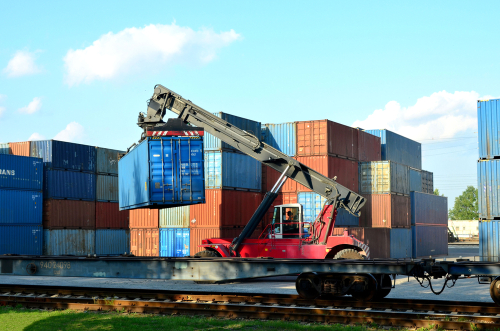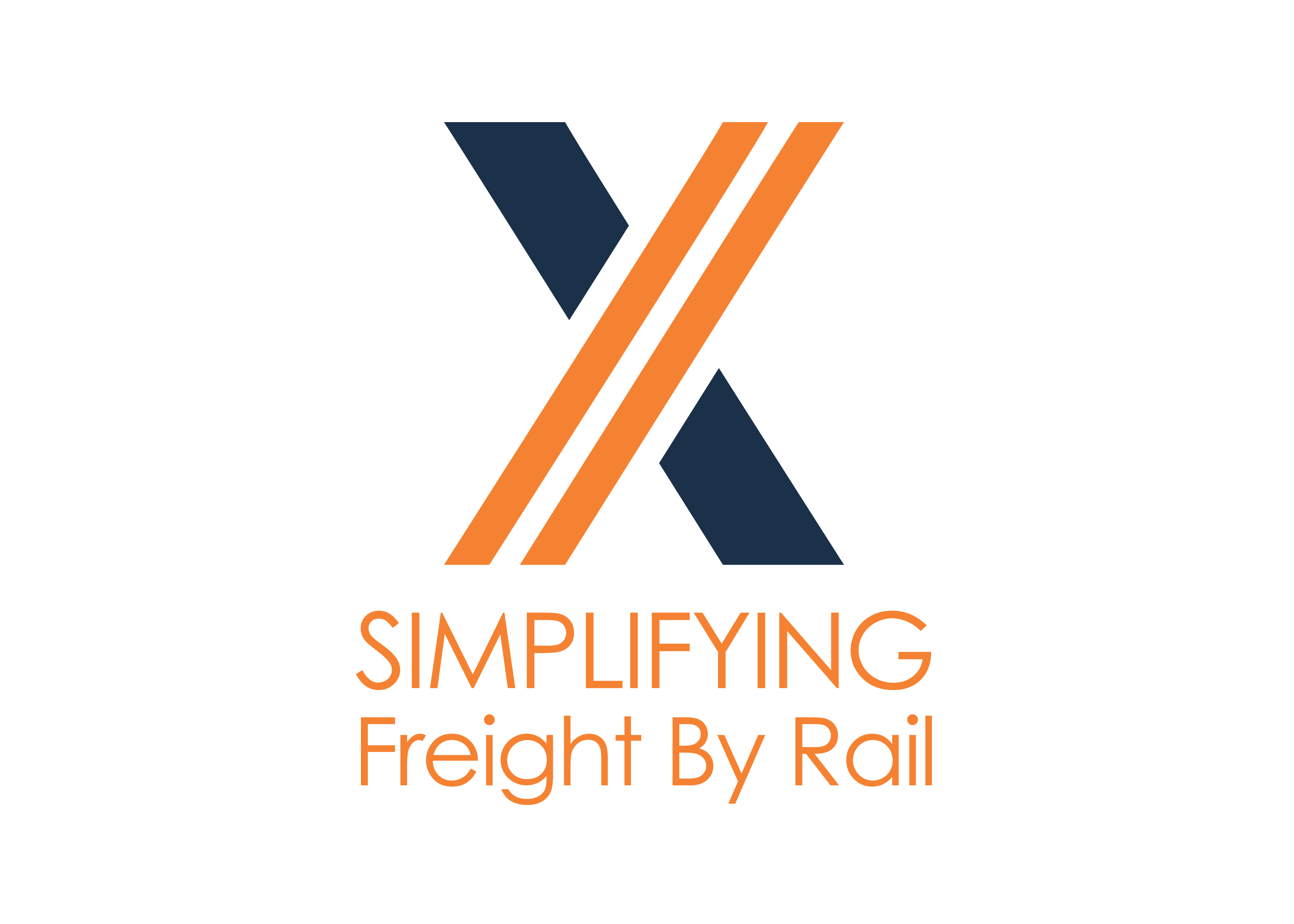There are several advantages to double-stack rail transportation:
-
Increased Capacity: By utilizing the vertical space, double-stack rail transport significantly increases the capacity for transporting shipping containers. This allows for more containers to be moved in a single train, optimizing the use of rail infrastructure and reducing the number of trains required to transport a given volume of cargo.
-
Cost Efficiency: Double-stack rail transportation can provide cost savings for both shippers and rail operators. By moving more containers per train, it reduces transportation costs per unit of cargo. This efficiency can lead to lower fuel consumption, reduced labor costs, and improved operational economics.
-
Modal Shift: Double-stack rail transport is often used as an alternative to long-haul trucking for shipping containers. It offers a more environmentally friendly option, as rail transport is generally more fuel-efficient and has lower carbon emissions compared to trucks. Utilizing double-stack rail transportation can contribute to modal shift, reducing road congestion and promoting sustainable freight transport.
-
Intermodal Connectivity: Double-stack rail transportation seamlessly integrates with intermodal facilities and terminals, allowing for the efficient transfer of containers between rail and other modes of transport, such as trucks or ships. This provides flexibility and door-to-door delivery options, enhancing the connectivity of different transportation networks.
-
Time Efficiency: Double-stack rail transport can offer faster transit times compared to traditional single-stack rail transport or trucking over long distances. With the ability to transport a larger number of containers in a single train, it reduces the overall transit time required for shipping goods.
Double-stack rail transportation has revolutionized the efficiency and capacity of containerized freight movement. It enables the transportation of larger volumes of cargo, promotes cost savings, supports sustainability, enhances intermodal connectivity, and improves overall logistics efficiency in the global supply chain.

